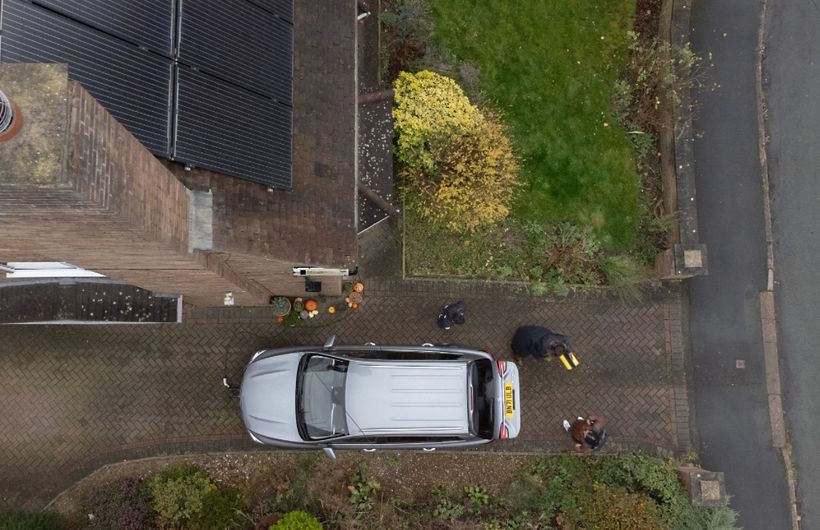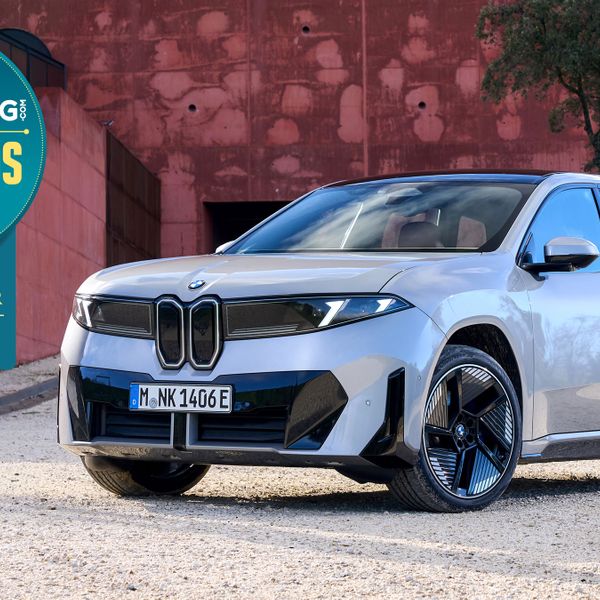Charging an EV, and especially how fast you can do it, is one of the biggest concerns people have when contemplating the switch from petrol or diesel, but as most EV drivers find, it’s not that big a deal. Although the rest of the public infrastructure has taken a few years to become more reliable and accessible, it’s improving in leaps and bounds with many more suppliers coming on the scene and much more to come in the future.
Faster electric car charging is on the increase
As well as the rapidly proliferating network, we’ve seen the introduction of more powerful 100kW and 350kW ultra-rapid chargers in the UK alongside the basic 50kW rapid chargers and Tesla’s Supercharger network which ranges from 72kW to the most recent 250kW launched in the UK in 2019.
To take advantage of an ultra-rapid charger, the car must also be able to accept the power it delivers and that’s possible thanks to the arrival of 800-volt batteries and electrical systems in place of the existing 400-volts. Examples of EVs with 800-volt electrical architectures are the Audi E-Tron GT, Hyundai Ioniq 5 and Ioniq 6, Kia EV6 and Porsche Taycan, but the power they can take from a charger varies from car to car. For example, the maximum a Porsche Taycan model can charge at is 270kW or 320kW (depending on the model) and the Kia EV6, 350kW.
Will electric cars charge faster in the future?
How fast electric cars can charge in the future will depend more on the battery technology than the type of charger. The most likely game changer lies with a different type of lithium ion battery already used in small-scale appliances like heart pacemakers, called solid-state. In a solid-state lithium ion battery the liquid electrolyte through which the ions travel when the battery charges and discharges, is swapped for a thin solid electrolyte made of a ceramic material. Apart from being non-flammable making it even safer, the solid electrolyte gives a battery three times the storage capacity of existing technology. That also means a solid state battery will be a third of the weight of a conventional battery of the same capacity, and less weight increases range.
Solid state batteries will charge much faster too, so it’s likely a 30 minute charge will drop to 10 or 15 minutes and battery life should be increased by three times too. Solid-state batteries are being hailed as the next big thing and all car manufacturers are working on them. It’s still unclear when they will appear in production cars but it may not be until at least 2030.
New methods of electric car charging in the future
EV charging infrastructures will change too with options like wireless charging, either by parking over a surface charging pad or with charging units below the surface of a road or car park. The charging works by electro-magnetic induction where a magnetic field generated by the pad induces an electric current in a special charging unit on the underside of the car. For an everyday example of wireless charging, look no further than mobile phones which use exactly the same technology on a much smaller scale. The challenge with EV wireless charging has been to generate meaningful charging power using inductive charging. A system trialled and offered on limited sale in the US for BMW 530e hybrid customers in 2020 could only manage a measly 3.2kW, which is roughly equivalent to an EV’s 13 amp granny charger. Things have moved on though and, for example, Volvo started a three-year trial in Gothenburg in 2022 using specially adapted Volvo X40 Recharge cars as taxis. Charging pads are installed flush with the surface in the taxi ranks and can charge at a decent 40kW or roughly the same speed as a 50kW plug-in rapid charger.
Charging an electric car while driving
Much more ambitious projects are happening elsewhere which charge cars, buses and trucks while they’re on the move. The Arena del Futuro project partnered by Stellantis and launched in 2022, is a 1050 metre track near Paris with wireless charging pads set just below the surface to charge electric cars and trucks as they drive. Electreon, the firm behind the technology has similar projects around the world and starts work this year installing a system on a mile of public road near Paris. It’s likely to be a long time coming as a widespread charging solution but if it proves commercially viable, wireless charging on the move could prove to be a hugely convenient idea.
More rapid chargers than ever before
In the near future, we can expect the UK’s much-maligned charging network to continue expanding at a good pace. According to Zapmap, 17,450 public charge points were added to the public network in the 12 months from January 2023 to 2024, an increase of 46%. As of January 2024, there are now 10,541 rapid or ultra-rapid charge points across 5,076 locations.
What about charging my EV at home?
With the increasing popularity of domestic solar systems and growing number of cheap, EV-focused electricity tariffs, getting the most out of home charging has never seemed more appealing. The simplest way to take advantage of a free charge from the sun is to plug your EV in and switch charging on using its app when the sun comes out. Another way is to invest in a smart charger to automatically divert excess solar energy which your home isn’t using, to your EV instead.
 With the increasing popularity of domestic solar systems, you can take advantage of a free charge from the sun
With the increasing popularity of domestic solar systems, you can take advantage of a free charge from the sun 









